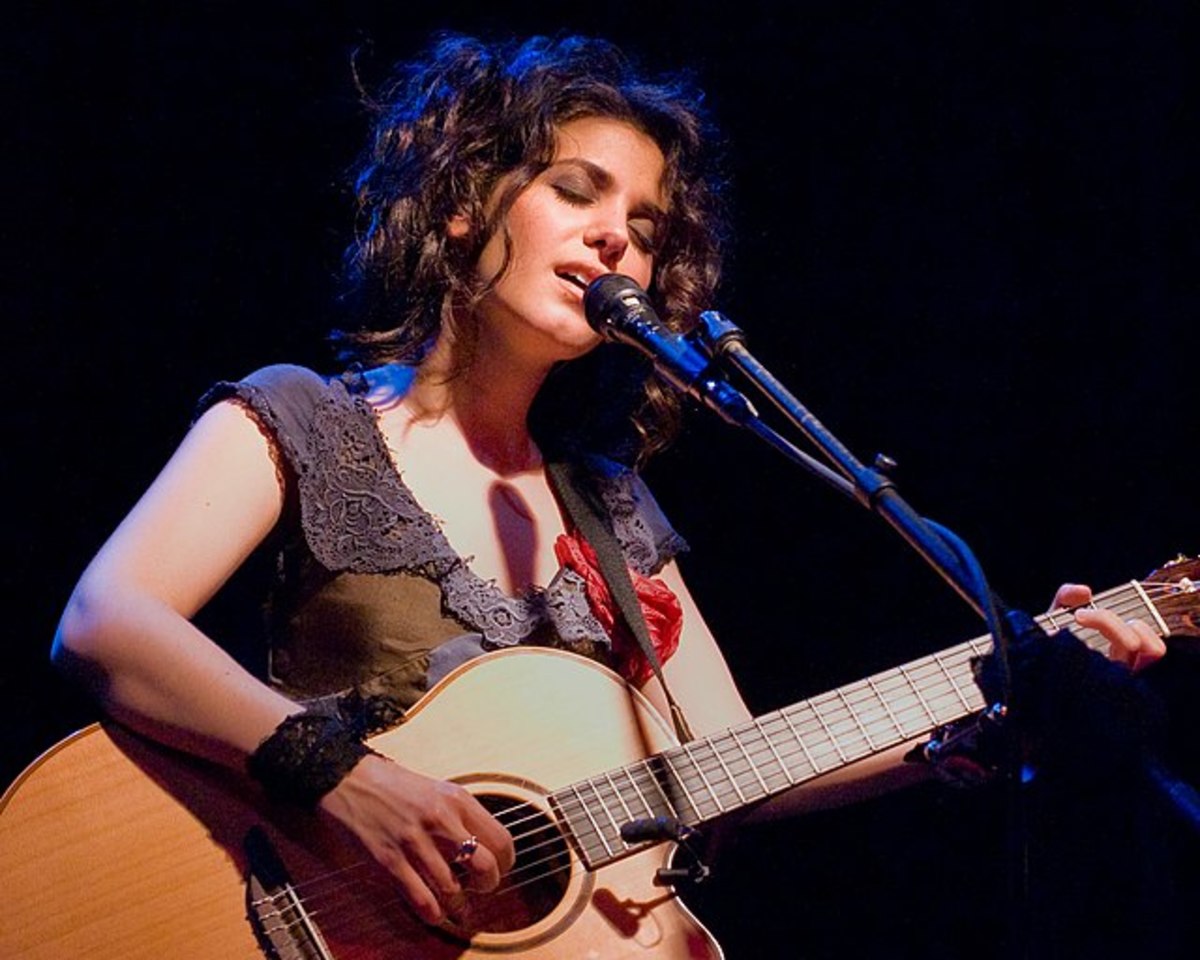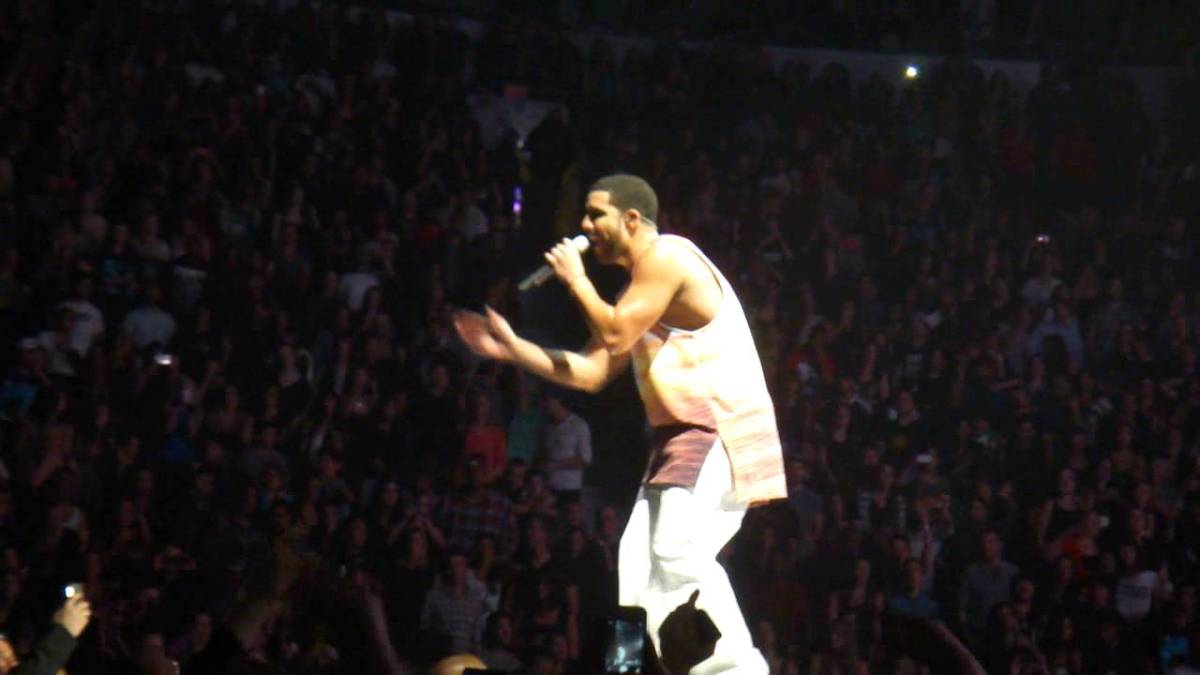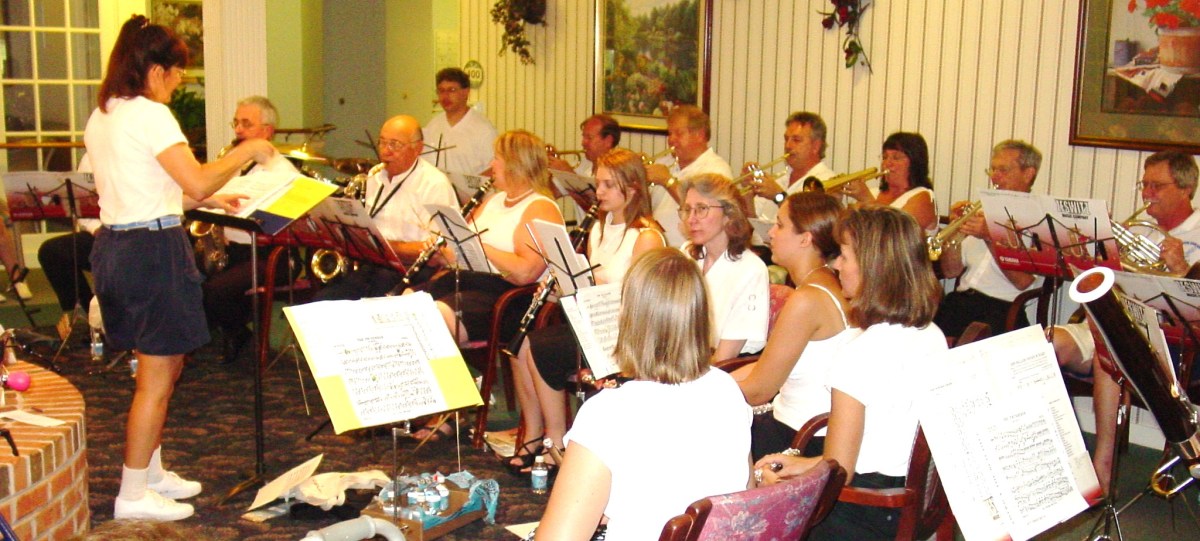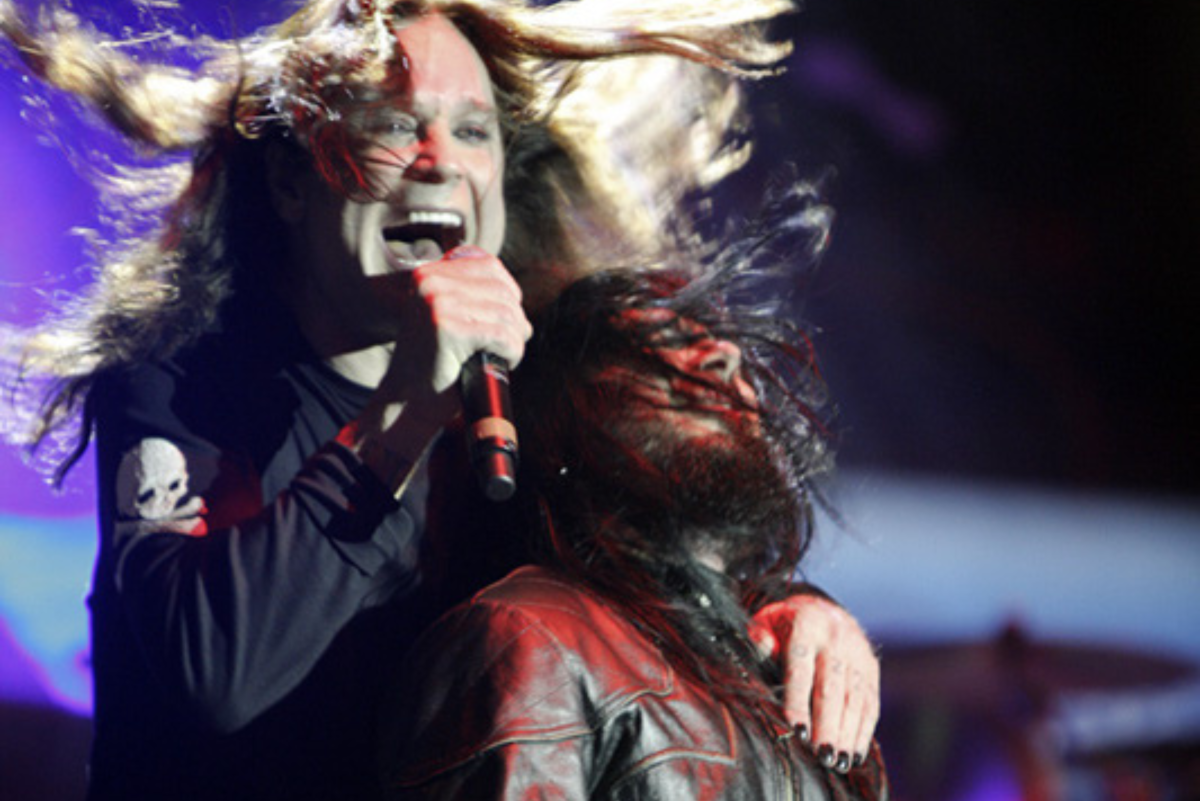Six Songs of the 1960s and 1970s

A Variety of Song Selections
In this article, I'm going to explore several songs from a variety of artists and styles. They range from diverse to similar, and I was very interested to learn the hidden meanings behind some of the cryptic lyrics.
1. American Pie
2. Vincent (Starry, Starry Night)
3. Sounds of Silence
4. Bridge Over Troubled Waters
5. Both Sides Now
6. Hotel California
American Pie
Released: 1971
Written and Sung by: Don McLean
Of all the pop culture songs to come down the pike in the mid-20th century, possibly the most enigmatic of them all is “American Pie.”
Written in 1971 by Don McLean, the song is full of cryptic metaphors and references, none of which are initially clear. For many years, I didn't get this song; the words just made no sense to me.
All these years later, thanks to the explosion of information available on the internet, I was able to research the matter, and I was very surprised at just how chock-full of references and tributes to American events and persons are in this one piece of music.
As songs go, it is very long, at eight-plus minutes, which was, and still is, unusual for a chart-topping hit single, as it was for four straight weeks in 1972.
The main theme, though, “the day the music died,” actually references the death in the 1959 crash of an airplane of early rock and roll star Buddy Holly of Buddy Holly and the Crickets, along with J.P. Richardson, and Ritchie Valens (“La Bamba”).
That loss, along with other events of the era makes the entire song really about the loss of innocence of American youth of the day. It seemed there was one tragedy after another, between the aforementioned plane crash, assorted assassinations, and Vietnam, there was no looking back through rose colored glasses anymore.
I found a few resources that explain this song in far greater detail, and you can see them below.
Bye, bye Miss American Pie
Drove my Chevy to the levee but the levee was dry
And them good ole boys were drinking whiskey and rye
Singin' this'll be the day that I die
This'll be the day that I die
— Don McLeanVersion 1: on-screen text explanations with some images
Version 2: Fully pictorial screen shots as explanations
Vincent (Starry Starry Night)
Released: 1971
Written and sung by: Don McLean
Written as a follow-up to American Pie; it was an attempt to sympathetically show that Van Gogh had a mental illness, (as did his brother), and that he was not 'garden-variety bat-shit crazy.'
The story about him lopping off his own ear seems to have been dis-proven, and part of a pact of silence between he and fellow artist and friend, Paul Gauguin, who was probably the person who caused the injury.
The song reached number 2 on the USA easy listening charts, and hit number 1 for two weeks in the UK.
Starry, starry night
Paint your palette blue and gray
Look out on a summer's day
With eyes that know the darkness in my soul
Shadows on the hills
Sketch the trees and the daffodils
Catch the breeze and the winter chills
In colors on the snowy linen land
— Don McLeanSounds of Silence
Released: January 17, 1966
Written and sung by: Paul Simon and Art Garfunkel
Probably one of the most famous tunes by duo Simon and Garfunkel, it was released in October of 1965.
This song is a haunting melody, and hidden in the beauty of the music are the images of being alone in a crowd; of the superficiality of modern life. We all go through the motions, but no one really gets to know anyone else; “...no one cares.” Even the Smithsonian Magazine got in on the act of analyzing this tune.
The full lyrics are worthy of study.
The melody of the song bears some striking similarities to “The Three Bells” (a.k.a. “The Jimmy Brown Song,” without copying it directly, but the same general feeling and tempo are there. Listen to one right after the other, and you definitely hear the very similar tonalities.
Hello darkness, my old friend
I've come to talk with you again
Because a vision softly creeping
Left its seeds while I was sleeping
And the vision that was planted in my brain
Still remains
Within the sound of silence
— Simon and GarfunkelBridge Over Troubled Water
Released: January 1970
Composed by: Paul Simon
Sung by: Art Garfunkel
This song, on its surface, seems to be a love ballad of sorts; a promise to stand side by side in willingness to support and assist the object of one's affections.
But, with more assassinations in the recent past of the day; and the first line, “When you're weary/feeling small/when tears are in your eyes,” captures the raw feeling of helplessness of the era.
Melodic inspiration came both from a Bach chorale, and USA gospel music.
Another piece by the Simon and Garfunkel pair, it is probably equal in recognition to "Silence."
The pianissimo beginning echoes the meaning in the words, and the song stays soft through the second verse, with a gradual crescendo to a full-on fortissimo finish full of inspired hopefulness.
Starting in February of 1971, the song spent a record-smashing 300 weeks at the number one spot on the hit record charts in the UK, and came back to the top spot numerous times both in the UK and the USA.
When you're weary, feeling small
When tears are in your eyes, I'll dry them all (all)
I'm on your side, oh, when times get rough
And friends just can't be found
Like a bridge over troubled water
I will lay me down
Like a bridge over troubled water
I will lay me down
— Paul SimonBoth Sides Now
Released: 1967
Written by: Joni Mitchell
First sung by: Judy Collins
Written by Joni Mitchell, Judy Collins actually recorded the first commercially released version in 1967 on her “Wildflowers” album. Mitchell herself first sang the song in shortly after she wrote it 1966, at a live performance that November in Philadelphia, PA.
In the early performances, her lilting soprano takes the listener on a fanciful journey about the meaning of life; the eternal human quest. It's a pretty song, and the poetic imagery is spot-on for each kind of emotion she's exploring.
Sadly, in her later years, she had some serious medical issues, including a brain aneurysm that temporarily rendered her unable to even speak, and as well, she had nodules form on her vocal cords, causing pressure, and changing her sound.
In a much later performance, as an older woman, the change in her voice is very apparent, but it is not an unpleasant voice at all.
The major change you can really hear, in this writer's opinion, is the shift from a young girl singing a pretty song about what she imagines life to be, to a mature woman who has actually been through life's trials and tribulations, and sings with a very involved presence in the emotion of the words; you can feel that she's been there.
It's the same song, but oh, so different. The early version is a pretty song; as she sings it later, it's rather a tear-jerker. I've included both versions below.
Rows and flows of angel hair
And ice cream castles in the air
And feather canyons everywhere
I've looked at clouds that way
— Joni MitchellYouthful Version
Mature Version
Hotel California
Released: February 1977
Written by: Don Felder (music); Don Henley and Glen Frey (lyrics)
Written by the Eagles, and released in 1976, this is another cryptic-message song that I never understood until recently; its coded references were meaningless to someone who, like myself, grew up sheltered and protected from the ugly aspects of life.
This song is at the other end of the spectrum of songs about life and culture; it speaks to the dark hidden sides of American society; the “underbelly” as it were, and refers to the death of innocence with commentary on the excesses of our way of life. The entire song is a metaphor for all of this.
(The version below is a cover by another band.)
“You can check out any time you like, but you can never leave,” is the telling final line in the song.
Welcome to the Hotel California
Such a lovely place (such a lovely place)
Such a lovely face.
Plenty of room at the Hotel California
Any time of year (any time of year) you can find it here
— Don Henley and Glen FreyFinal Word
I now conclude this episode of song reminisces and analyses. Bear in mind that I'm only one person; I speak on what the songs say to me, as well as relying upon research to find what the composers had to say about their works.
I'll be doing other articles on songs from other times, so stay tuned!








